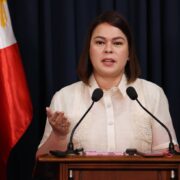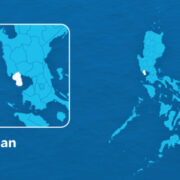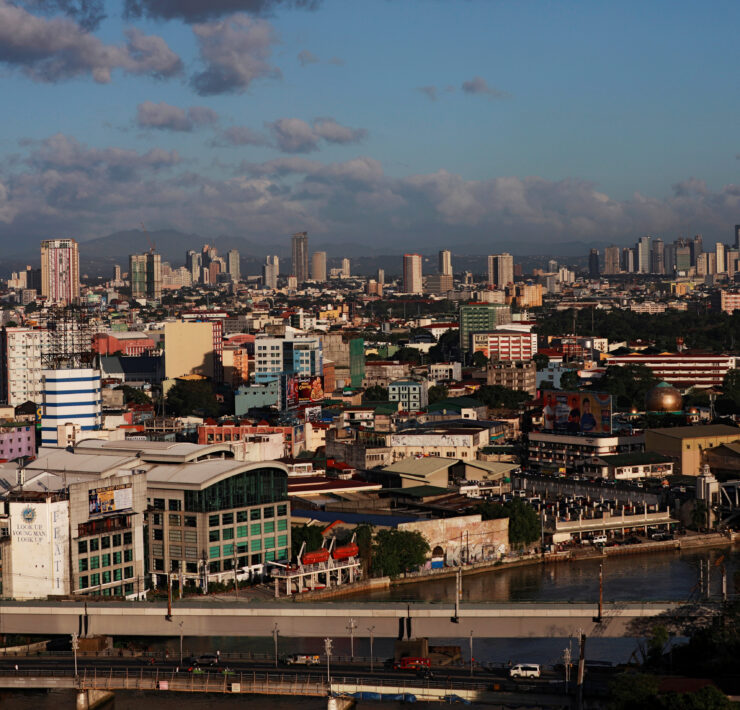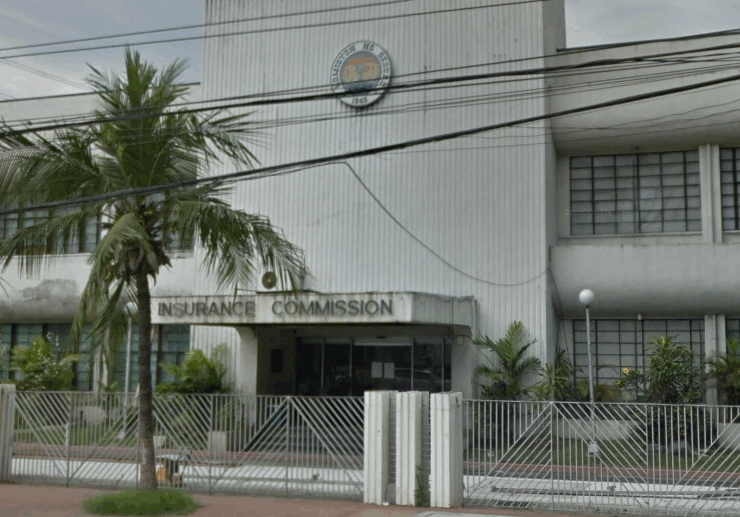Canberra spends its way to bigger budget deficits
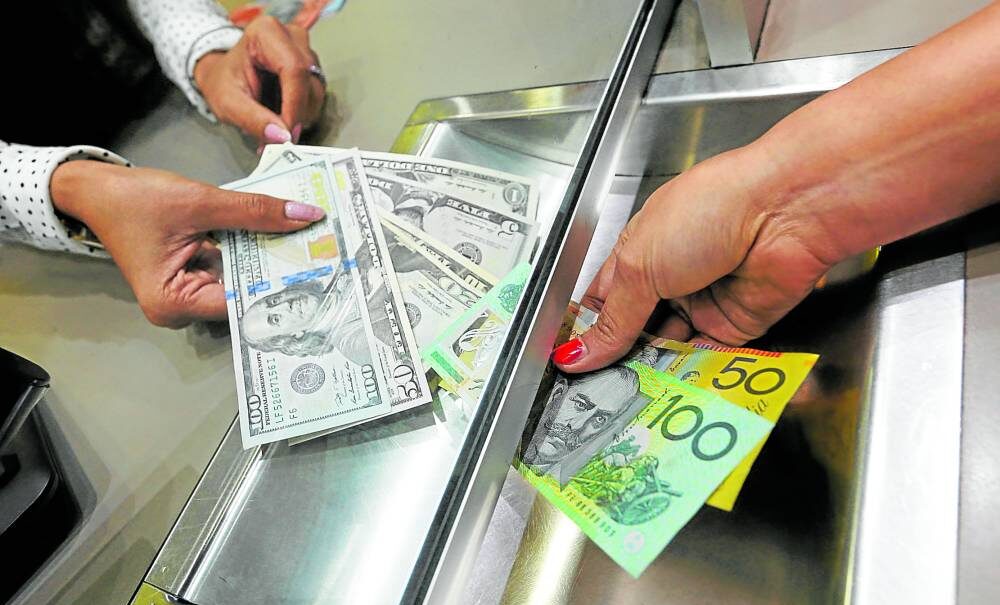
SYDNEY — Australia’s government on Wednesday trimmed its likely budget deficit for the current fiscal year, but flagged bigger shortfalls ahead due to “unavoidable spending” on health, cost-of-living relief and veterans care.
Facing a tough election next year, the center-left Labor government said the economy had slowed under the weight of high interest rates and elevated inflation, but insisted public spending would help ensure a soft landing.
Recent data for the third quarter showed that without public investment in infrastructure and rebates on electricity costs, the economy would have been in recession.
In its Mid-Year Economic and Fiscal Outlook (MYEFO), the government still had to trim its forecast for economic growth in the current fiscal year to end June 2025 to 1.75 percent, down from two percent in its main budget last May.
Wage growth was also marked down to three percent in a blow to government claims it would deliver faster pay gains than the Liberal National opposition.
The economic slowdown was enough for the Reserve Bank of Australia (RBA) last week to open the door to policy easing, having held interest rates at 4.35 percent for all of this year.
Treasurer Jim Chalmers on Wednesday suggested more cost of living relief could be on the way, on top of the tax cuts, electricity rebates, cheaper medicines and other policies the government has already delivered to date.
“From budget to budget, if we can afford to do more and there is a case to do more to help people with the cost of living, of course then we will consider that,” Chalmers said in a press briefing.
All this government spending meant its budget was back in deficit after two years of rare surpluses, though the shortfall this year was not as large as first feared.
The Treasury projected a deficit of A$26.9 billion ($17.04 billion) for the current 2024/25 year. That compared with a forecast of A$28.3 billion in its main budget last May.
More than expected
From there, the red ink only gets worse due to A$25 billion in extra payments. The projected deficit for the three years to 2027/28 is now A$117 billion, or A$23 billion more than expected in May.
“The slippage in subsequent years is largely because of urgent, unavoidable or automatic increases in spending in areas like pensions, Medicare and medicines,” Treasury said in a statement.
Expected tax revenues from companies have also been downgraded as subdued demand in China weighs on prices for some of Australia’s main commodity exports, notably iron ore. It retained the long-term iron ore price assumption at $60 per tonne by the third quarter 2025, compared with $104 per tonne currently.
The government’s net debt was now seen expanding to A$1.16 trillion by 2027/28, from an expected A$940 billion this year. At 36.7 percent of gross domestic product, net debt would still be low by international standards.
Estimated overseas migration has been revised up to 340,000 for the 2024/25, from 260,000, as the government struggled to bring migration to more sustainable levels.
Reuters, the news and media division of Thomson Reuters, is the world’s largest multimedia news provider, reaching billions of people worldwide every day. Reuters provides business, financial, national and international news to professionals via desktop terminals, the world's media organizations, industry events and directly to consumers.







